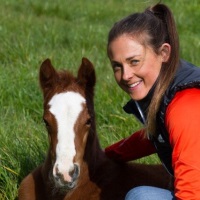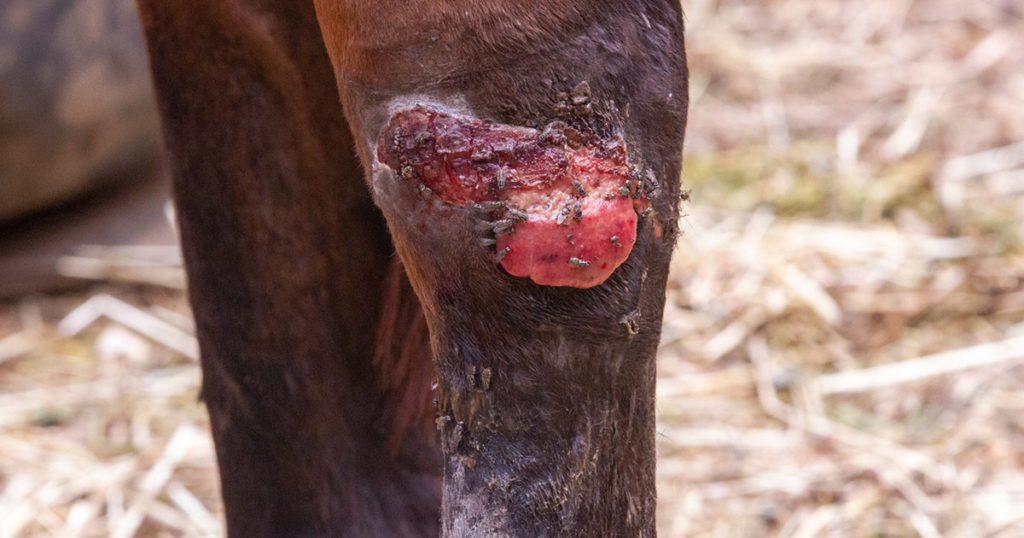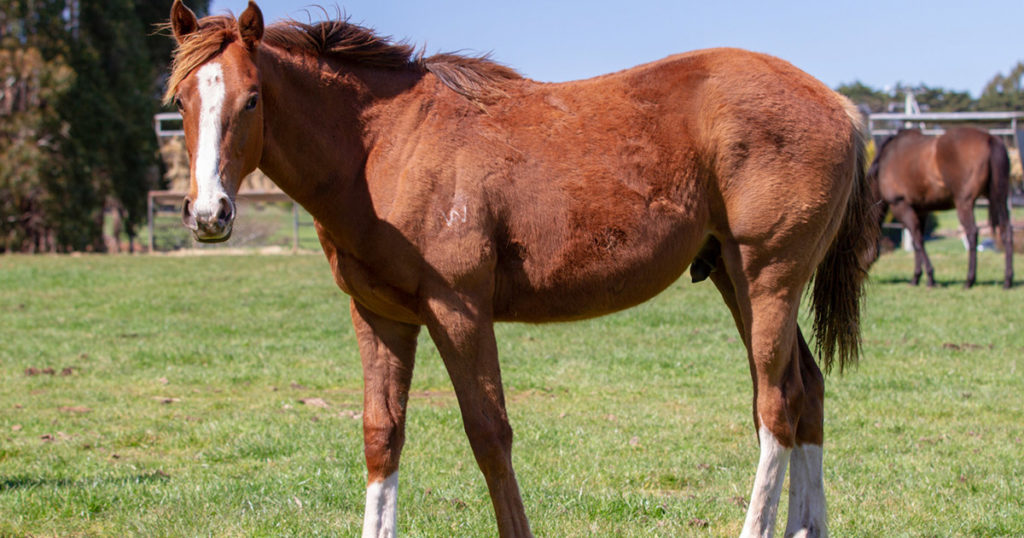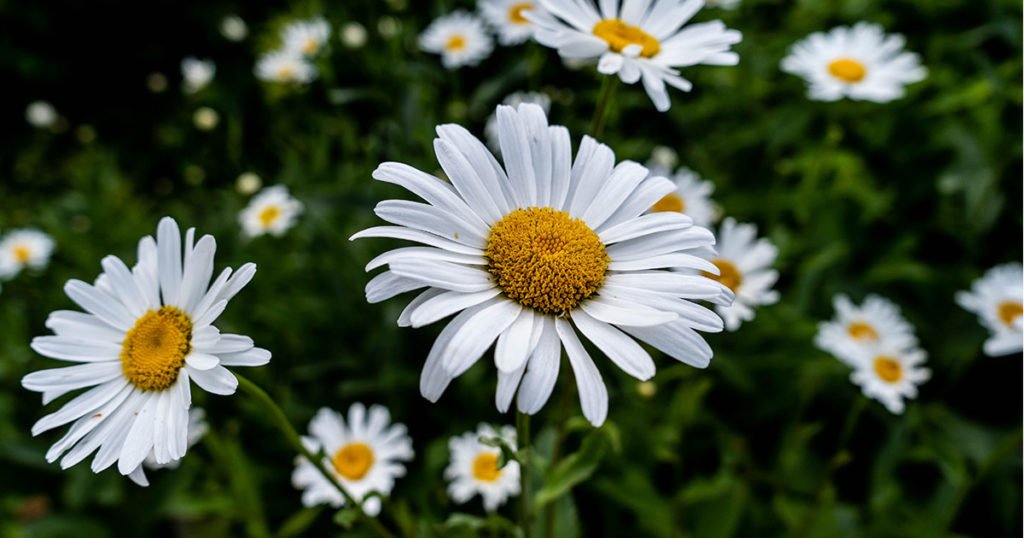Lameness is one of the most common complaints in the working horse, with joint damage accounting for around 60% of these cases. Progressive damage and changes to soft tissue, cartilage and underlying bone in the joint results in joint deterioration, leading to the development of osteoarthritis. This process is generally initiated by joint overload, concussion and repetitive wear and tear. If not recognised early and effectively managed and treated, permanent loss of joint function and the risk of internal joint fracture can occur.
Joint Structure
The equine lower limb joints are a type of joint known as a synovial joint. Of the three types of joints found in the equine skeleton, synovial joints are the most likely to suffer from disease and injury due to their high degree of activity and relative strain and repeated load they undertake.
Synovial joints consist of two bone ends covered by articular cartilage. Healthy articular cartilage is important for enabling frictionless movement of the joint. Articular cartilage is comprised of a dense extracellular matrix (ECM) and highly specialised cells called chondrocytes. The ECM is primarily composed of water, collagen and specific proteins called proteoglycans. It also contains other proteins to a lesser extent.
Cartilage is surrounded by soft tissue, including ligaments and a fibrous supporting joint capsule, which provides both structural integrity and stability. Lining the joint capsule is a layer called the synovial membrane. The synovial membrane secretes synovial fluid, which provides lubrication within the joint itself.
Joint cartilage does not have a blood or nerve supply and relies on the synovial fluid for the nutrition of its cells, glycosaminoglycans (GAGs) and collagen contained in its structural surface tissue and joint matrix material. Healthy synovial fluid is highly viscous and lubricates the cartilage surface, minimising friction within the joint. It also serves an an important ‘barrier’ to minimise the influx of damaging inflammatory enzymes which are released in response to joint injury. It is most important to note that joint cartilage does not regenerate- it is only able to repair itself to a limited degree after being damaged.
Joint Injury
Abnormal loading, overloading and sprain forces physically disrupt joint structural components, and are generally the initiating factors of joint injuries. High impact and repeated overloading on joints results in reduced concussion absorbing capacity of cartilage and the underlying subchondral bone. These both become less resilient and more brittle, making them less able to withstand loading and recover between exercise. Injury to joint cartilage surfaces if often the initiating factor in ongoing joint deterioration and eventual joint breakdown. In exercising horses, the direct mechanical stress from concussion and repetitive overloading leads to physical damage of the joint cartilage; erosion of the cartilage by inflammatory enzymes; or collapse of the underlying subchondral bone support structures. Inflammatory enzymes dilute the nutritional and lubricating function of synovial joint fluid and damage the cartilage surface, setting up a cycle of progressive deterioration of the joint.
Signs and Symptoms of Joint Disease
Early signs of joint unsoundness include:
- Stiffness and a longer warm-up time when starting exercise
- A ‘scratchy’ gait
- Heat in the effected joint(s)
- Swelling of the effected joint(s)
- Favoured resting of effected leg(s) after exercise
How to Avoid/Manage Joint Disease
Whilst there are some known contributing factors to joint disease, which to some extent are unavoidable (such as conformational abnormalities and genetic defects), there are many practical applications that can be employed to reduce the incidence and severity of joint disease, and effectively manage existing cases.
Riding/Exercise Factors
Undertaking a progressively loading exercise program is important- especially when bringing a horse back into work from a spell or when starting a young horse into a training program. It is helpful to liken exercising a horse to undertaking a fitness regime yourself: you wouldn’t go from months of doing no exercise to undertaking full marathon training in a week! Gentle, incremental increases in exercise properly condition the body and help to protect against injury. Excessive muscle fatigue results in compromised movement, altering biomechanics and potentially increasing the load placed on joints. Remember that competition is a significant stress too- so ensure horses are properly fit for events.
It is also extremely important to consider the role of weight in joint injury- both the body condition of the horse and the rider. The more weight a horse has to carry, the more force is put through the joints and the increased subsequent wear and tear. Additionally, heavy loads placed on the limbs interferes with normal nutritional function in the joints: the rebound of cartilage and joint fluid redistribution that provides nutrition to the cartilage layer is less able to recover.
Avoid working your horse on overly compacted (hard) surfaces- as these result in excessive concussive forces being put through the joints. On the other end of the spectrum, avoid working in overly soft, deep surfaces, as these can strain the ligaments surrounding the joints.
Always ensure to adequately warm-up your horse before moving into demanding exercise. This optimises blood flow, and ensures muscles, tendons and ligaments are ready for the impending activity.
Management Practices
Regularly check your horse’s joints for signs of swelling, warmth and restricted mobility. The use of magnetic pastern and fetlock wraps in stabled horses may help to promote improved blood supply to the joints and hence facilitate the repair process.
Hoof Maintenance
Another highly preventable contributor to joint disease is hoof imbalance. Allowing a horse’s toes to grow too long and/or having low or uneven heels alters biomechanics and puts undue stress through joints. The importance of good farriery cannot be emphasised enough. Ensure that the horse remains on a regular trimming and shoeing (where appropriate) schedule. Although this is individual for each horse, every four weeks is generally an acceptable period of time.
Medications
Different oral, intravenous (IV), intramuscular (IM) and intra-articular medications may all be used in the treatment and/or management of joint disease- with variable effects and results. The repeated use of NSAIDs (such as ‘bute’) and intra-articular corticosteroid injections are not advisable. [1]Studies have shown that even a single intra-articular steroid injection can cause irreversible damage to articular cartilage and underlying bone.
Pentosan polysulphate (commonly sold as Cartrophen, Athropen or Pentosan Equine) may help to prevent joint degeneration through several mechanisms: stimulating cartilage repair; promoting healthy synovial fluid and exerting a strong anti-inflammatory effect.
Hyaluronate (such as Halo) is given IV to horses to help promote healthy synovial fluid, thereby helping to minimise joint friction and damage, and limiting the influx of inflammatory enzymes which degrade cartilage.
Joint medications should always be prescribed by your veterinarian, ensuring the most suitable treatment regime for your horse, correct dosage rate, and correct route of administration are employed.
Dietary Factors
The importance of diet in joint conditions cannot be underestimated. Diets which contain high levels of omega-6 fatty acids without significant omega-3 fatty acids (such as many high fat ‘cool energy’ feeds and oils) promote inflammation. Additionally, unbalanced high-starch diets can significantly contribute to the deterioration of joint health. Diet must also be considered alongside exercise in the effective weight management of the horse (as discussed previously).
Nutritional Supplementation
Therapeutically, there are many nutrients which are extremely helpful in minimising inflammation and hence destruction of the joint; promoting optimal bone matrix composition; promoting collagen synthesis; repairing joint cartilage; and protecting against oxidative damage. Nutrients such as B group vitamins; Vitamins C, D, E; Chondroitin; Glucosamine; Zinc; Omega-3 Fatty Acids; Calcium; and Copper all have important therapeutic roles. Due to their specific actions, potential for nutrient toxicity and imbalances, and specific dosage ranges, these supplements should only be prescribed according to professional recommendation and tailored to each individual horse’s needs. Oral hyaluronic acid (HA) supplements (not to be confused with HA injections) are becoming increasingly popular, however, their bioavailability (how much the horse can absorb and subsequently use) and efficacy is questionable.
Herbal Medicine
The principle aims of herbal treatment in joint disease are to reduce inflammation and oxidative damage to joints; and promote circulation to the joints. The judicious use of specific herbs to provide significant pain relief is also commonly employed- but this must be part of a holistic plan. Some of the most commonly used herbs for joint problems in horses include: Devil’s Claw; Boswellia; Tumeric and Guaiacum. As with nutritional supplements, herbs should only be used under the guidance of a suitably qualified and experienced practitioner. This ensures safe and effective prescribing. Furthermore, it is important to note that some herbs have restrictions upon use in competition.
Conclusion
Joint health is one of the most significant concerns in working horses. Management, exercise, nutritional and therapeutic factors all play an important role in the prevention and management of joint disease. It is important to note that much pre-existing damage in joints is irreversible, hence the importance of preventative measures. In horses with joint disease, appropriate management and therapeutic interventions can minimise further damage and promote optimal health, wellbeing and performance.

Camilla Whishaw is a highly regarded, experienced horsewoman and naturopath, helping to holistically treat and manage a broad range of equine health conditions and injuries, with a passion for mare and stallion fertility.
As a world-renowned practitioner, presenter, author, and consultant in the field of Equine Naturopathy, Camilla shares her knowledge through keynote presentations, interviews, lectures, panel sessions, and workshop training.





